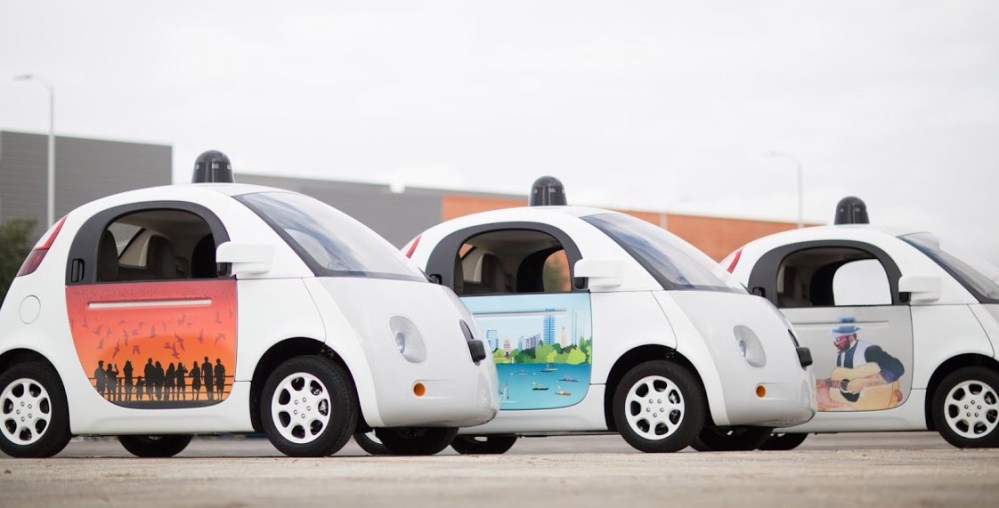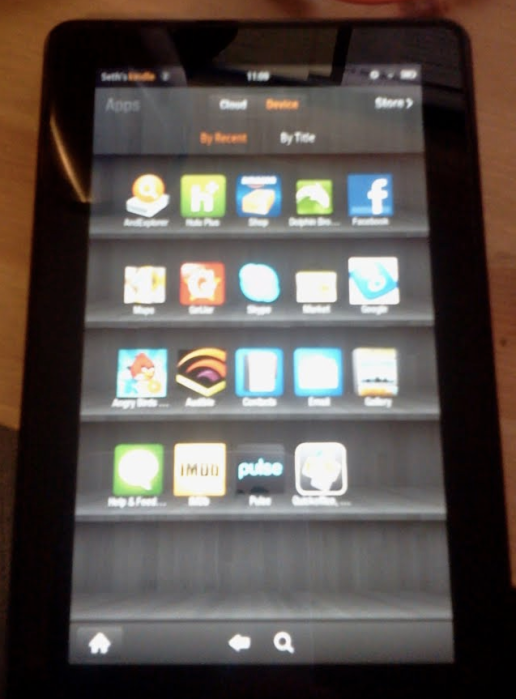
Google’s autonomous car without steering wheel or pedals to get steering wheel & pedals …
When Google showed off its built-from-scratch self-driving car with no steering-wheel or pedals, the world’s press weren’t the only people watching: California’s DMV also had its eye on the vehicle.
A new rule taking effect in California from 16th September says that self-driving cars are only legal on public roads if a driver is able to take “immediate physical control,” reports the WSJ. That means that Google is going to have to make a couple of small adjustments to the cars: fitting that missing steering-wheel and pedals.
[Google] said it plans to comply with the California rule by building a small, temporary steering wheel and pedal system that drivers can use during testing.
“With these additions, our safety drivers can test the self-driving features, while having the ability to take control of the vehicle if necessary,” Google spokeswoman Courtney Hohne said.
The company will initially be testing the fleet of 100 prototype vehicles on private roads.
Google had also wanted to test other types of autonomous vehicles, including motorcycles, but the DMV refused permission. California DMV official Bernard Soriano did, however, state that they are drafting rules that allow members of the public to operate driverless cars within a couple of years – and by that time, no steering-wheel or pedals will be required.
Only a handful of US states allow driverless cars on the road at present, but others are likely to follow California’s lead, and other countries likewise.

